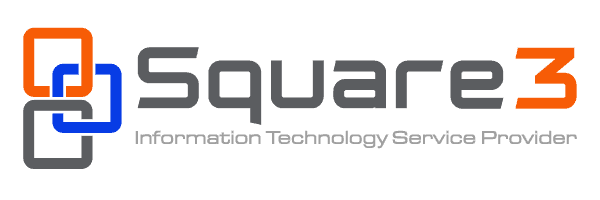6 ways the cloud boosts employee productivity
Cloud computing is one of the fastest-growing enterprise tech sectors. The global cloud services market is expected to reach $832.1 billion by 2025, from only $371.4 billion in 2020. The cloud provides high-performance, scalable, portable, and flexible computing power at affordable prices; this is why cloud solutions are so popular with both small and large businesses.
Along with augmenting your in-house IT infrastructure, the cloud can boost your staff’s productivity in many different ways.
1. Gain unlimited accessibility
The entire cloud computing concept is built around on-demand resource availability and accessibility. Cloud solutions are accessible via the internet, and most hosted services readily run on standard web browsers without requiring any special software or VPNs. That means your employees can access cloud resources at any time, regardless of their location. All one needs is a stable internet connection and a supported device.
2. Enables automation
Cloud computing enables the automation of mundane and repetitive tasks that would otherwise overburden employees. You can easily delegate tasks such as software updates, system patching, emailing, sending notifications, managing schedules and attendance, payroll, and accounting to digital systems, freeing the in-house staff to concentrate on more critical tasks.
Computer-automated processes are precise and reliable, minimizing errors and speeding up operations in the workplace.
3. Facilitates asynchronous collaboration
Putting aside the COVID-19 pandemic that has forced many employees to start working from home, businesses still have many unique opportunities to leverage remote workers. For instance, you can hire remote contractors, freelancers, and professional services to revamp your workforce with extra hands and new skills. Plus, more and more qualified job seekers now prefer remote work to the 9-to-5 routine.
Cloud solutions can help your business adopt a reliable remote working policy by allowing individuals in different parts of the globe to collaborate in real time. With virtual workplaces, SaaS, and other hosted platforms, employees don’t necessarily have to be in the same room to get something done.
4. Supports BYOD practices
Allowing employees to use their personal devices in the office reduces your enterprise’s IT investment and running costs. It also creates a more relaxed and flexible work environment. However, security concerns and compatibility issues prevent many businesses from exploring BYOD possibilities.
Adopting the cloud is a secure and convenient way to support a BYOD policy. Cloud systems can run on any device, including laptops, tablets, and smartphones. On top of that, robust access controls ensure that only authorized users can access cloud resources.
5. Enjoy a central sharing platform
Enterprise cloud platforms serve as a central work area with shared resources and a common data repository. Employees can exchange files and documents, communicate, and work on the same information without leaving the workspace.
The beauty of such an arrangement is that every aspect of the system can be managed using a single set of controls. For instance, all data, hardware, or software updates happen in real time and ripple throughout the entire platform. This eliminates unnecessary redundancies and narrows the margin for error.
6. Promotes accountability
Contrary to what you might expect, it’s much easier to manage employees on the cloud than in a physical workplace. Some enterprise cloud solutions have built-in tracking tools that log user sessions and activities, such as logins, transactions, and touchpoints. These systems act like an omnipresent digital supervisor.
You can simply pull up and examine an employee’s logs to determine their output, contribution, or participation in events and tasks. Having a workplace where every action is digitally monitored and recorded instills a sense of accountability. That way, your workers will strive to meet expectations and steer clear of activities that might jeopardize the company’s digital security.
Implementing cloud solutions in your IT strategy not only streamlines your digital processes but also empowers employees to become more productive. Boosting employee productivity is just one of the many ways that cloud computing ultimately improves your bottom line.














